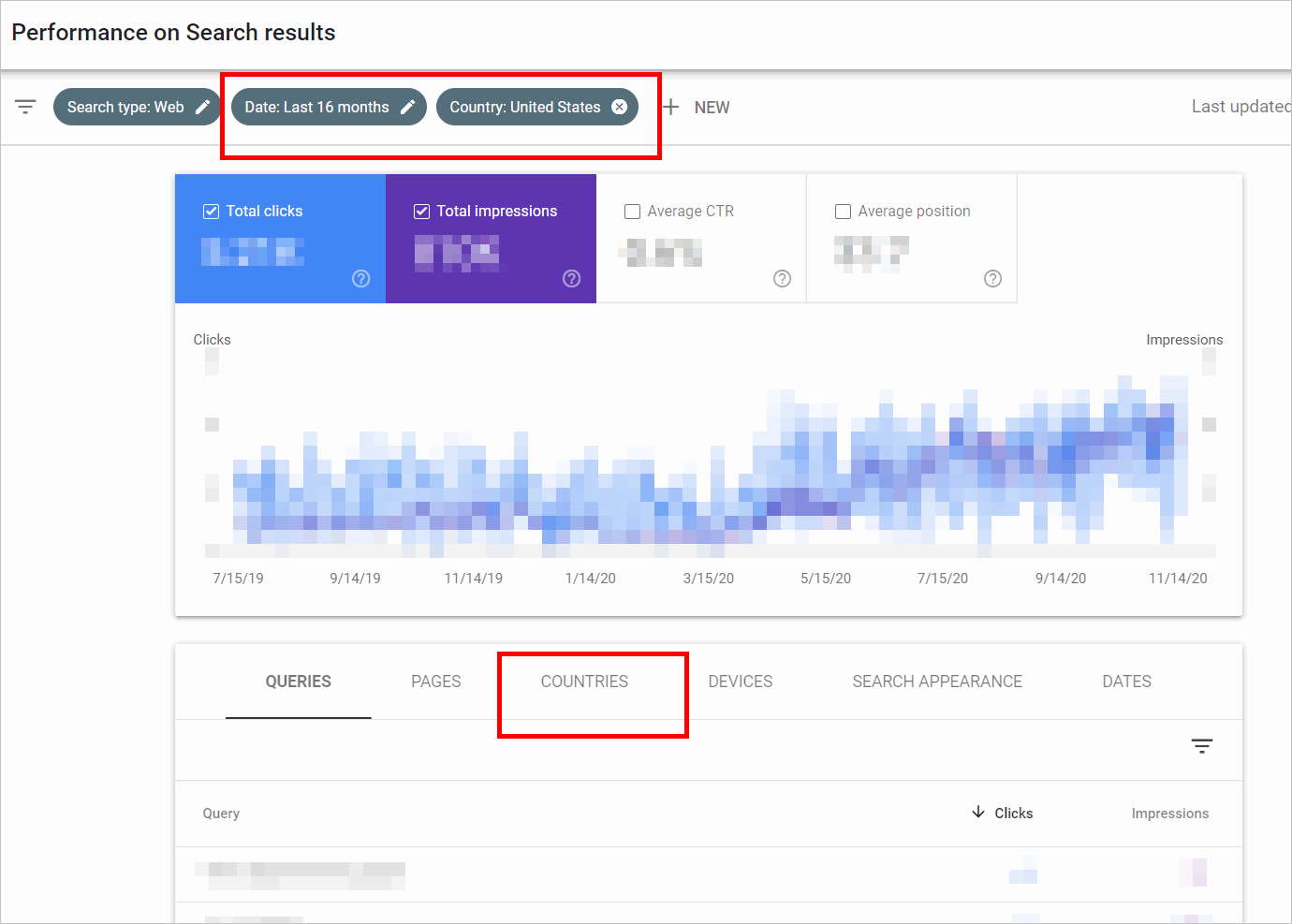
Summary: Identifying user intent is critical in creating a great website user experience. You need to understand where to look for that information.
In 2013, much to the chagrin of many a marketer, Google removed access to search terms people use to get to a site within tools like WebTrends or Google Analytics. When Google moved to secure search, most marketers had to try and make do with tools like Google Webmaster Tools (now known as Google Search Console), which, at that time, only carried 90 days’ worth of data.
That rendered one source of user intent somewhat less useful.
Phrases from search engines certainly aren’t the only game in town when trying to find out what people are trying to do on your site. But they are a great source of intent, along with a few other things.
If you’re looking to up your user intent game, there are some data sources worth noting. But first things first …
What is User Intent?
User intent is what a website visitor is trying to do or attempting to find on your site.
Since the traffic on the site is a poor signal to ascertain what a user is trying to accomplish, you need to find other sources of data. There are a few ways you can find better signals to understand intent. Find out what …
- … a user types on a search engine
- … a visitor types on your on-site search
- … users say on website surveys
- … customers say on interviews
4 Great Sources of User Intent
You generally can’t tell what people want from your site just by looking at URLs they visit. To try and understand the most common things people are looking for from your site, you generally need 4 things:
1. Google Search Console – Queries from Search Engines
What people type into search engines can reveal a lot about what they want. If you look at the terms that tend to drive a lot of traffic to your site, try out those searches yourself and check out the top results. You’ll get a general sense of what people are looking for.
This is where marketers got their data crippled in 2013. However, Google has since released a version of Google Search Console (GSC) that solves a lot of problems:
- The current version of GSC carries 16 months of search data. The old version only let you view the past 3 months.
- The interface was revamped to make it easier to sort data. So, if you want to just view search terms and analyze intent data for a certain country, you can do that.
There’s really no reason not to take GSC out for a spin, hone in on what users are actually looking for, then take actions to ensure you have the right kind of content to address visitor needs.
2. Google Analytics (or any other traffic monitoring tool) – On-Site Search
If you use Google Analytics (GA) to monitor site traffic, it really has two core weaknesses on a vanilla installation:
- PDFs and other files that are not pages are not tracked
- On-site search is not tracked by default
You can track PDFs using events if you have a tag management system. And you can turn on internal site search monitoring with a few tweaks to your GA configuration.
Internal site search is a rich source of visitor intent data – it’s them telling you what they’re searching for on your site, in their own words.
You can follow our step-by-step guide to enable on-site search tracking in Google Analytics, if you don’t have that as part of your configuration yet. It only takes minutes with a basic setup, and you’ll be able to see more about what your users are actually looking for.
3. Qualaroo (or any other survey tool) – Survey Responses
Internal and external search terms are great, but they are even better when supported by survey data. If traffic analysis tools like Google Analytics generally answer the “what” and the “when”, survey tools generally answer the “why.”
But they’ll only do that if you ask the right questions. Here are a couple that almost all surveys need:
- What did you come to the website for?
- Did you find it?
Surveys will generally have more questions than that, especially if you’re trying to benchmark against other sites. But those are the ones you really need to uncover visitor intent.
Asking your visitors too many survey questions can do more harm than good.Learn the “Best Website Survey Questions: 5 Questions Smart Marketers Ask” |
4. Zoom (or any other conference tool) – Customer Interviews
What you can do on website surveys, you can supercharge on actual visitor or customer interviews.
Even if this is just for a small sample size due to time and cost, it can make a world of a difference given how well you’ll understand what users are trying to do, and how and why they fail.
You can do things like make them perform website tasks, and then prod them to talk about expectations. This way, when they act on the site, you can ask them whether what actually happened matched their expectations.
Understanding User Intent to Improve Conversions
If you don’t know what your website visitors are trying to accomplish, it’s going to be challenging to get them to convert. By understanding the reason people come to your site, you’ll be better equipped to find them pathways to get to what they need.
Visibility into user intent data tends to wax and wane. You should always try to gain visibility into as much of this as possible. A combination of things can make things easier for you:
- Google Search Console, the default tool used by a lot of marketers
- Google Analytics on-site search tracking to see what people are typing in your site’s search box
- Survey tools, once the province of Fortune 500 companies with marketing money to spare, have become very affordable if you’re okay with the no-frills tools
- Talking to your actual customers
That leaves no more excuses for marketers. If you want to break down why users come to your site, it’s pretty more convenient to hunt for that information.
This post was originally published in March 2018 and has been updated to reflect the state of marketing tools in 2020.


